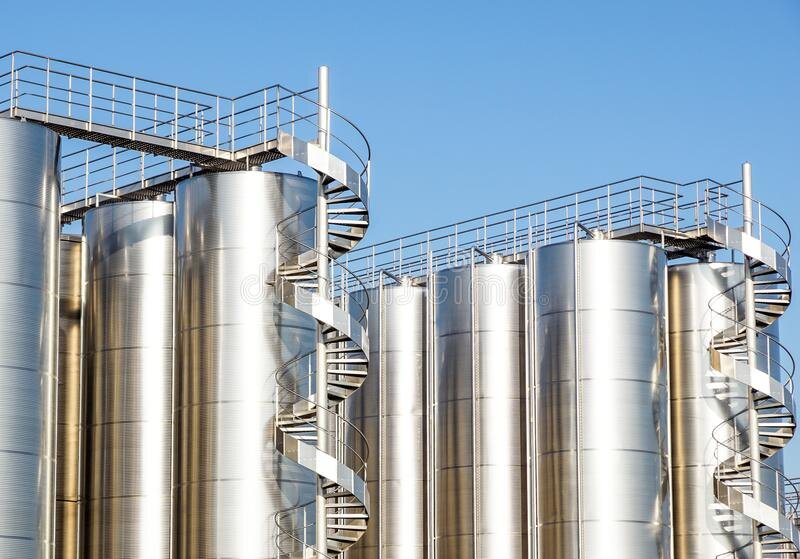Wine Kaleidoscope
You see them standing in the wine department aisle at a large grocery store or major liquor store with bewildered faces facing a bewildering selection of labels. There is a kaleidoscope of bottles with bright colors, gold medals and cute labels. How in the world can they choose - at least choose well?
In the Chardonnay section alone, there are dozens of different labels in the ten to twenty dollar price range. Certainly, you must become a wine expert if you are to choose correctly from among that wall of labels trying to get your attention, right? Fortunately, the answer is no you don’t.
The reality is that although all those labels look like different wines they are all more-or-less the same wine. In fact, despite having different labels, some of them are actually exactly the same wine, all coming from the same massive tanks with labels simply changed to fill production orders from the marketing department. The vast majority of wines on the shelves at larger stores are produced by gigantic producers whose only goal is to produce a standardized product that market research tells them the largest percentage of consumers will like. They use the same methods as large soft drink and snack producers to identify the flavors that the mass market wants. Once that profile is defined they use every technology, additive, and manipulation that science can conjure up to achieve that flavor profile bottle-after-bottle, year-after-year. Obviously, these wines do not fit the romantic image of the vigneron working in the vineyards and making their wines with their own hands.
These are not wines, but simply beverage alcohol. Just another alcohol delivery system on par with vodka and light beer. Just pick a bottle, you can’t go wrong, but you also have no chance of going right.
Wines made by people with a love of the land instead of market research exist and you can even find some of them in the big chain stores. They are there, but they’re hiding on the fringes of the wine department. Don’t look for them in floor stacks and end-caps. They’re also waiting for you on the back pages of your favorite restaurant wine lists. These wines hiding in plain sight offer some of the top bargains in the market today. Bringing these wines to dinner parties or selecting them when you order in a restaurant will quickly earn you the reputation of being a wine expert.
For years, people were consumed with consuming the wines with the highest “points” and discovering the absolutely perfect food and wine match. Things are fortunately changing. Today, wine in cans is a hot new trend and “natural” wine bars are popping up across the country selling wines from all sorts of obscure grape varieties. The wine for the people revolution is happening now. This wine revolution is no longer a fringe movement.
How can you identify these wines?
Find a good merchant
Always the surest route to finding the best wine for your money.
Avoid famous varieties and wine regions
Big name wines from big name regions are often rip-offs. When faced with the choice between a $50 Cabernet or a $50 Syrah, you’re probably choosing between an average Cabernet and an exceptional Syrah.
Look for regenerative agriculture: Biodynamic or Organic
Sustainable? All too often a sham that allows Roundup and other nasty stuff. I remember finding a product called Venom being used when I arrived at Troon. Obviously, I killed that right away. By the way, it kills bees. All of them. However, the “sustainable” certification was fine with that product. Farmers with Biodynamic and Organic certifications are putting in extra effort and the results show in the wines.
Moderate alcohol
Wine is not a martini. If you simply want an alcohol delivery system pick an efficient one. Moderate alcohol levels are signs of precision harvesting and a more moderate climate. Both are keys to elegant, balanced wines.
Avoid big, heavy bottles and look for wines with no capsules
The bigger and heavier the bottle, the less profound the wine inside. Only those with inferiority complexes need those monstrous bottles - that goes for both the maker and consumer. Why continue to screw up the planet for cosmetics that have nothing to do with wine quality?
Industrial wines create a kaleidoscope of labels, but the myriad textures, aromas and flavors that come from wines of the soil create a kaleidoscope of experiences in the bottle and the glass. Good wine comes from a farm, not from a marketing strategy.
I’ve lived in both hemispheres of this wine world. I helped build a wine company in Chicago built on soulful wines and then economics, for a brief period, dragged me into the corporate world of wines. There is nothing these two worlds have in common - including the wines they both create. Natural wines are crafted, while industrial wines are fabricated.
Put a little effort into choosing the wines you are drinking. When your efforts combine with the efforts of the winemakers - that’s where the magic is to be found.
